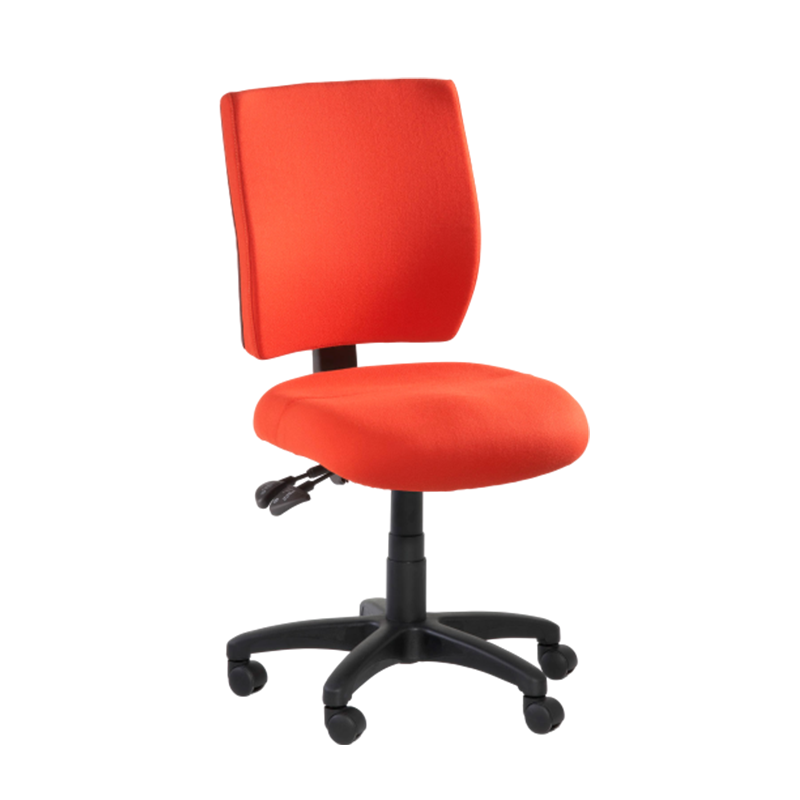A variety of characteristics contribute to the comfort of office furniture. As we grow more conscious of good office habits, workplace furniture is becoming more about employee wellbeing instead of appearances. Though no one wants an unsightly chair in their office, the trick of modern ergonomic furniture is to balance beauty with comfort. Sitting causes a multitude of strains on our bodies, notably our spines, as health specialists have recently recognised. It is the root driver of the sudden increase in demand for ergonomic office chairs. Incorrect seating may be harmful to the user’s health and productivity. Employees may get backaches, neck problems, and arm aches. All of these factors can contribute to lower efficiency and an increase in sick days. It’s vital to have an ergonomic office chair that supports the lower back and encourages appropriate posture to avoid developing back problems.
Correct office chair ergonomics can help you remain comfortable at work. Because office employees spend most of their workday seated at their desks, choosing the right office chair is so important.
What are Ergonomics?
Webster’s New World Dictionary (College Edition) defines ergonomics as “the study of problems of people adjusting to their environment; especially the science that seeks to adapt work or working conditions to suit the worker”.
Ergonomic chairs are flexible to the demands of the user. They are connected with increased levels of productivity because of the personalised support that they provide.
Office chairs are typically considered ergonomic when they offer adjustable seat height, seat depth, and lumbar support. The proper lumbar support provides adequate support for the lower back, allowing your spine to be in precisely the correct position for a healthy posture. Ergonomic is not a sort of chair in and of itself; rather, it refers to the better support that the chair gives.
Armrests
Poor sitting is the primary cause of many people’s poor posture. Armrests are useful not just for resting your arms, but also for persons who struggle to switch between sitting and standing. Strong armrests can be incredibly beneficial to them and keep strain off their lower backs. Armrests are quite useful for providing support to your arms and hands. Ergonomic seats allow you to customise them to fit your body type and shape. The adjustability of armrests is essential. You should be able to tweak the settings to best support your body.
Back of Chair and Lumbar Support
Lower back support is critical in an ergonomic chair. The lumbar spine has an inward curvature, and sitting for extended periods of time without support for this curve leads to slouching. This flattens the normal curvature and stresses the lower spine components. An ergonomic chair should include lumbar adjustment so that each user may acquire the right fit to accommodate the lower back’s inward curvature. The backrest should be adjustable in both forwards and backwards positions, with a locking mechanism to prevent it from moving too far backwards after the user has selected the proper angle. Furthermore, it should be able to support the natural curve of the spine.
Gregory Ergonomic Office Chairs
We Recommend:
Gregory Scope Ergonomic Contoured Back Task Chair
At Gregory Commercial Furniture, we have a wide range of ergonomic office chairs. If you are ready to boost productivity and employee wellbeing, get in contact with us!







